Albert Alden (1812-1883), The Life and Age of Man: Stages of Man’s Life, from the Cradle to the Grave, wherein all Christians May Behold their Frail Nature, and the Miseries that Attend a Sinful Life, Set Forth in an Alphabetical Poem. Barre, Mass.: Printed by Thompson and Alden, [ca. 1835-1840]. Broadside with a large allegorical wood engraving attributed to Albert Alden. Paul M. Ingersoll, Class of 1950, Graphic Arts Acquisitions Fund. Graphic Arts Broadside Collection.
Picturing the different ages and/or stages of life has been a favorite subject of artists, from the Renaissance to the nineteenth century. The earliest broadsides were printed for a popular audience, to appeal to their fears about life and death; sin and salvation; and stimulate the belief in a moral life.
In 1540, the German painter Jörg Breu, the younger (ca. 1510-1547) published Ten Ages of Man, one of the first engravings showing the steps of life, with staircases leading both up and down, as man passes from the cradle to the grave. Abraham Bach repeated the motif in the seventeenth century, but added a woman on each step, with the more politically correct title, Ten Ages of Human Life.
Satirical print (The Ages of Man), 1630s. Published by Thomas Jenner (died 1673). Engraving. British Museum.
This seventeenth-century Ages of Man engraving closely resembles the nineteenth-century broadside held in Princeton’s graphic arts collection. It presents a man’s life in eleven steps, with three muses in the central arch below. Albert Alden’s broadside depicts life in eleven stages, but offers the more typical devil at the bottom center, tempting two men. One accepts and one rejects these temptations. In both prints, a clock is ticking, moving us ever closer to midnight.
The Pennsylvania printmaker Gustav S. Peters designed another version, with only slight variations, as did James Baillie, Nathaniel Currier, and the Kellogg Brothers. Dozens of other versions were published, purchased, and hung on bedroom walls throughout the nineteenth century.
James Baillie, The Life and Age of Man, Stages of Man’s Life, from the Cradle to the Grave, ca. 1848. Library of Congress.
For more information, see Thomas R. Cole, The Journey of Life: a Cultural History of Aging in America (Cambridge [England]; New York: Cambridge University Press, 1992). Firestone Library (F) HQ1064.U5 C526 1992
and
Alan Wallach, “Voyage of Life as popular art,” Art Bulletin 59, no. 2 (June 1977)
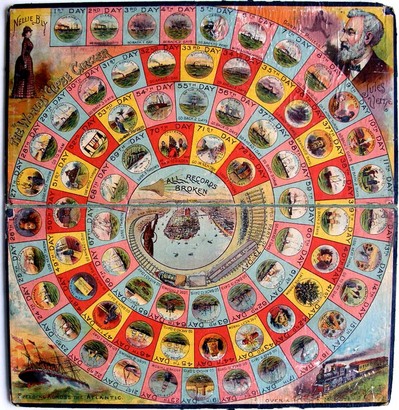
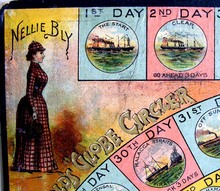
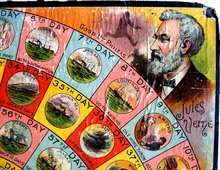
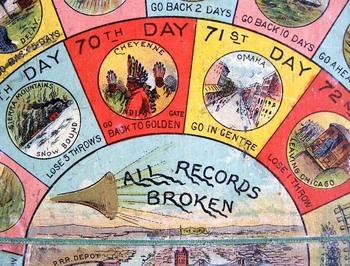
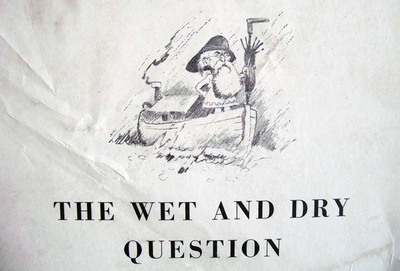
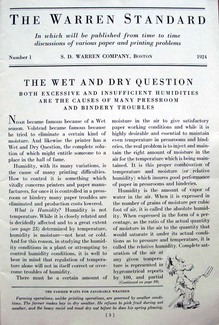
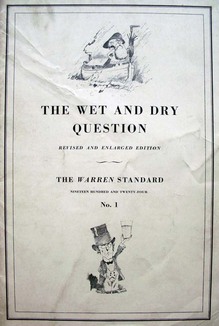
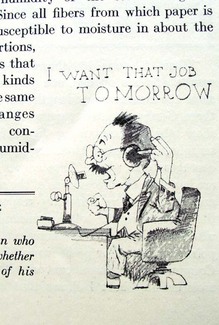
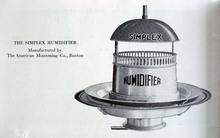
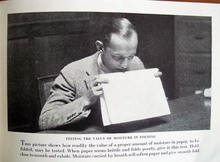
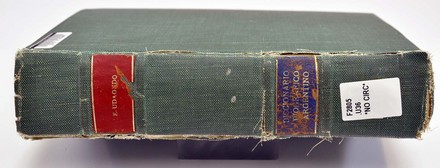
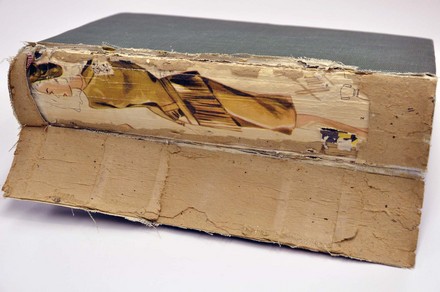
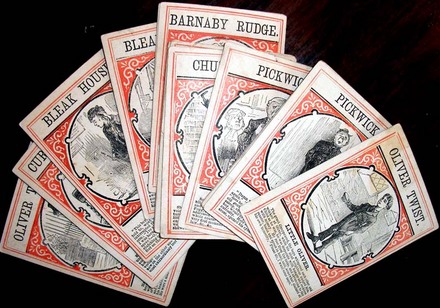
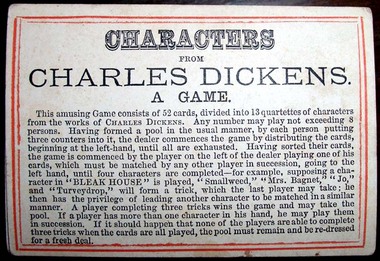
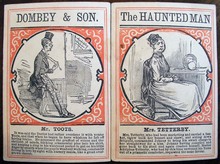
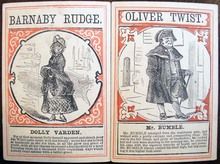
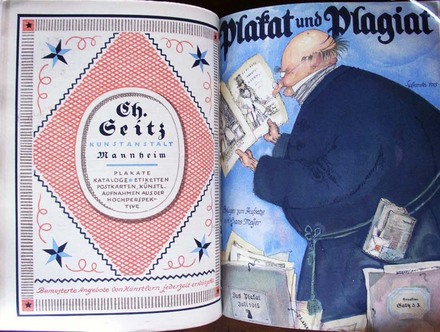
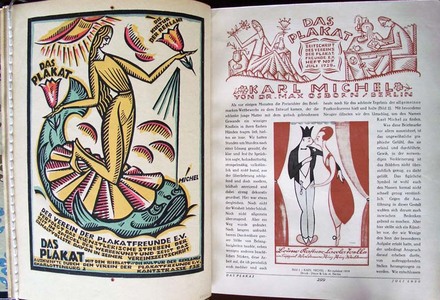

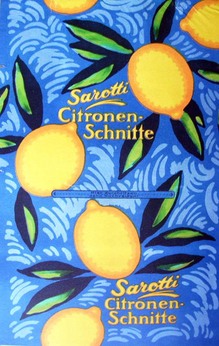
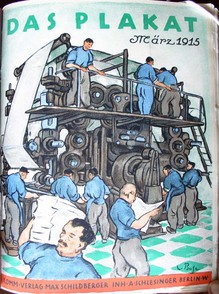
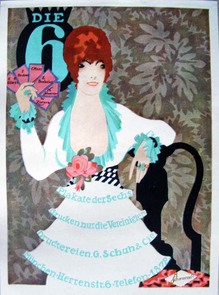
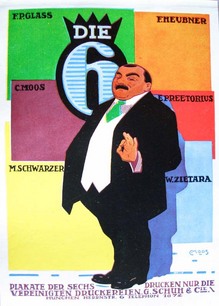
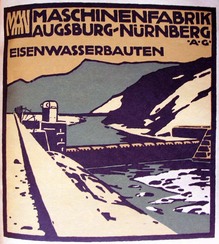
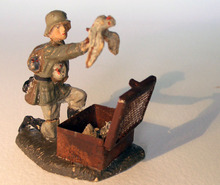
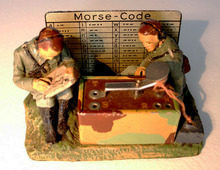
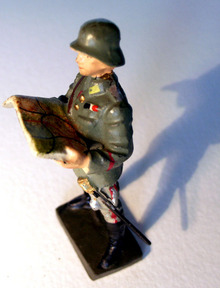
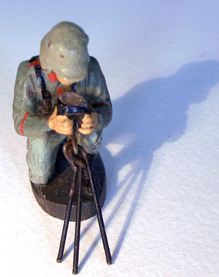
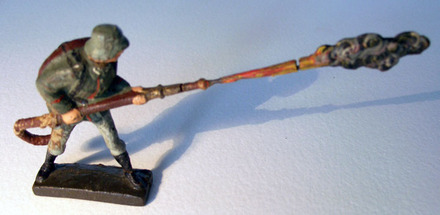

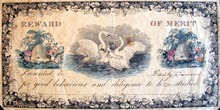
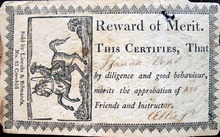
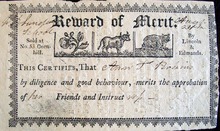
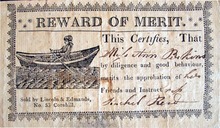
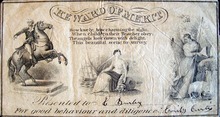
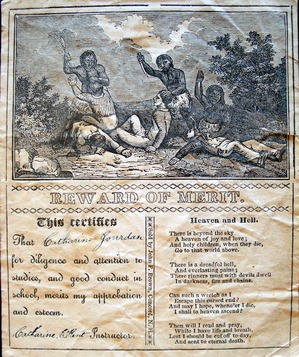
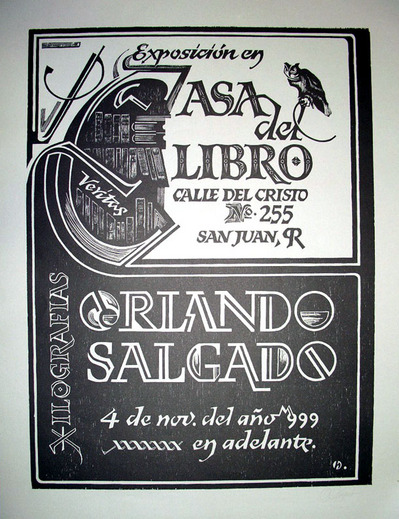
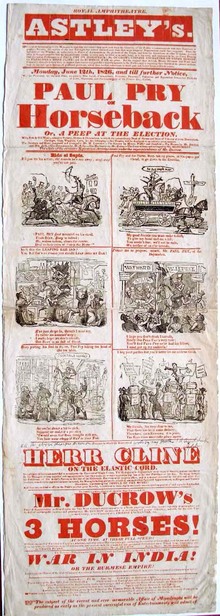
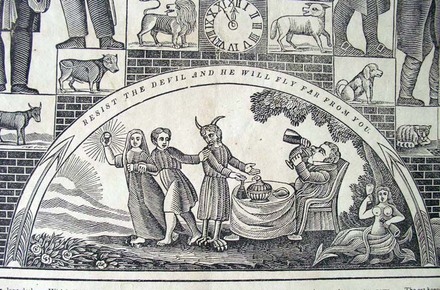
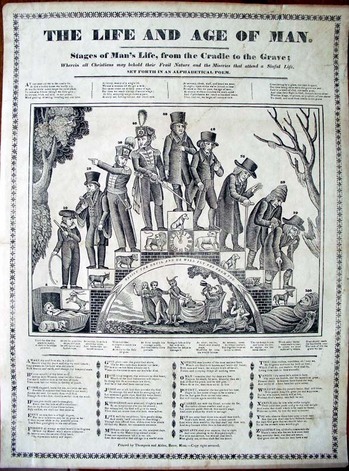
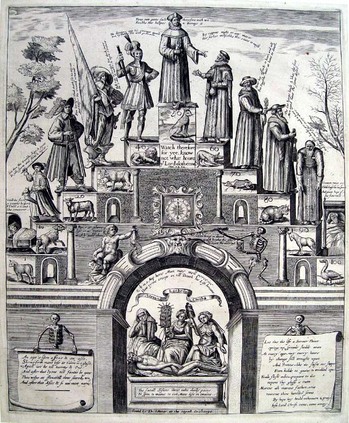
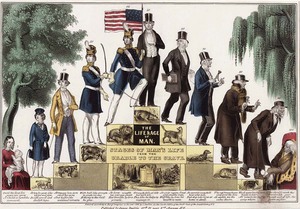
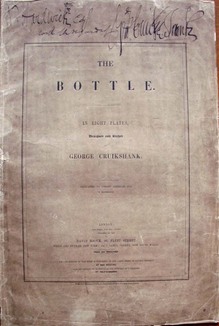
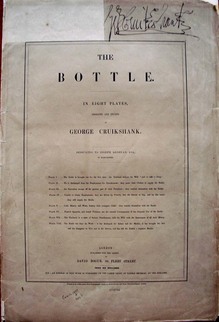
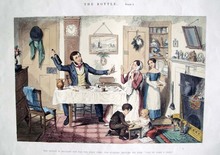
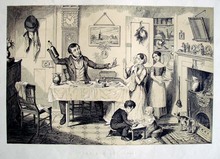
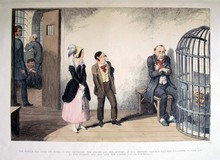
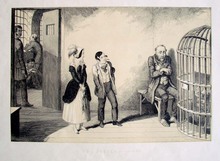
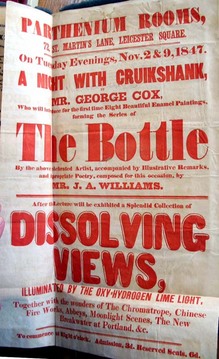
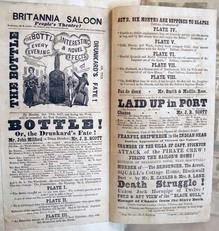
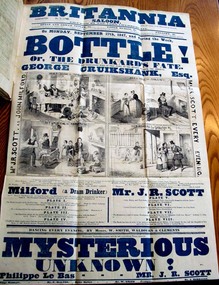
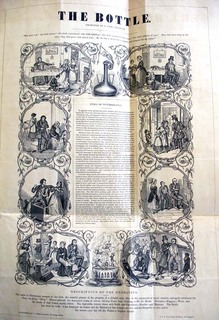
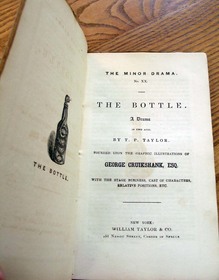
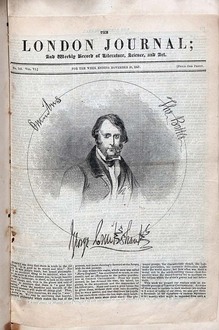
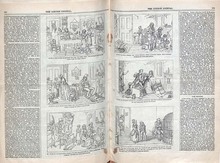
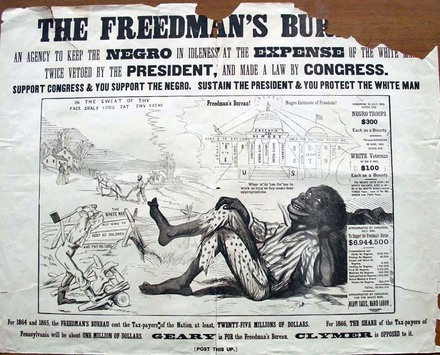
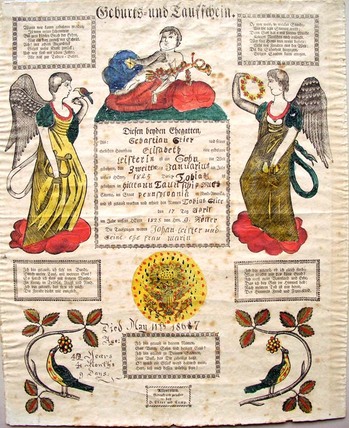
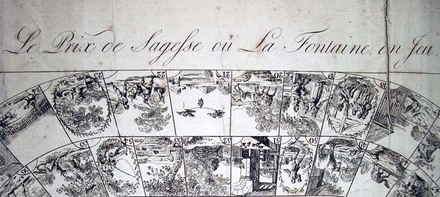
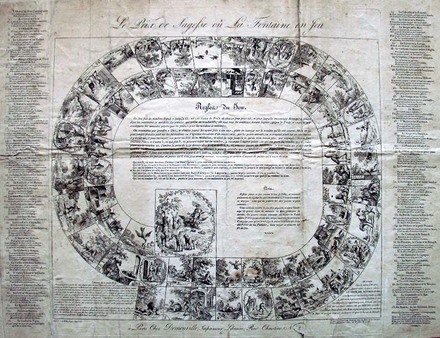
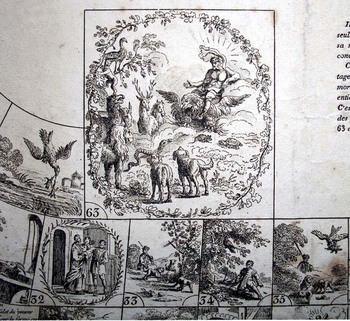
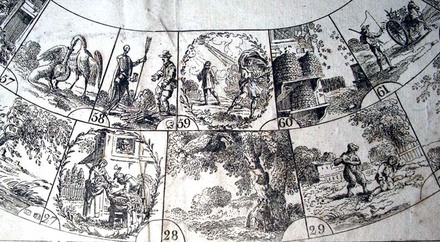
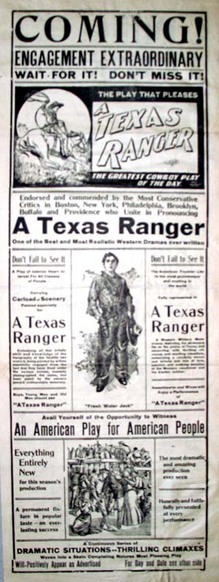
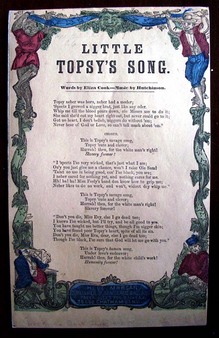
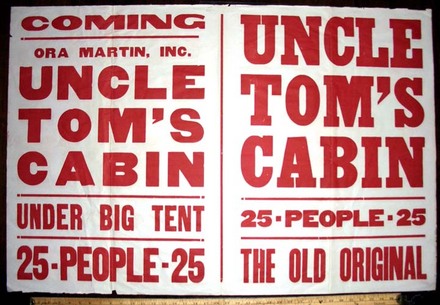
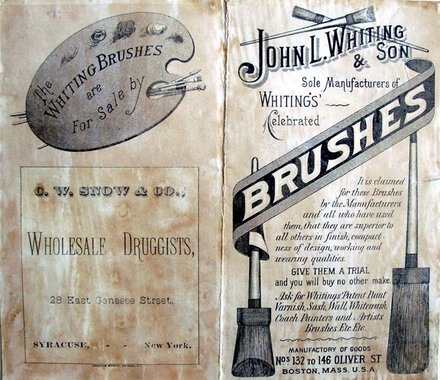
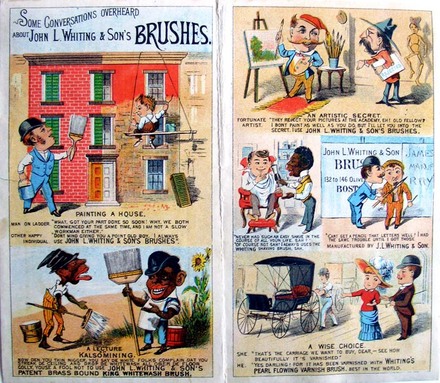
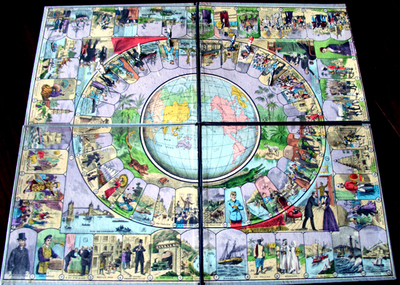
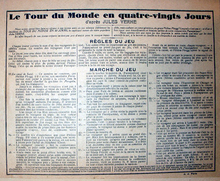
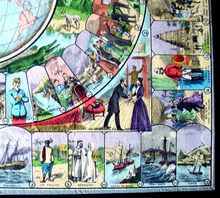
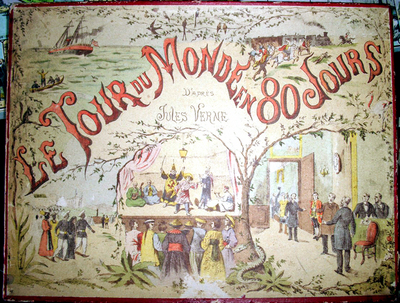
Recent Comments